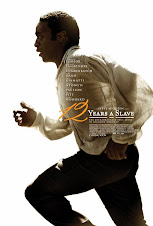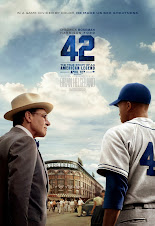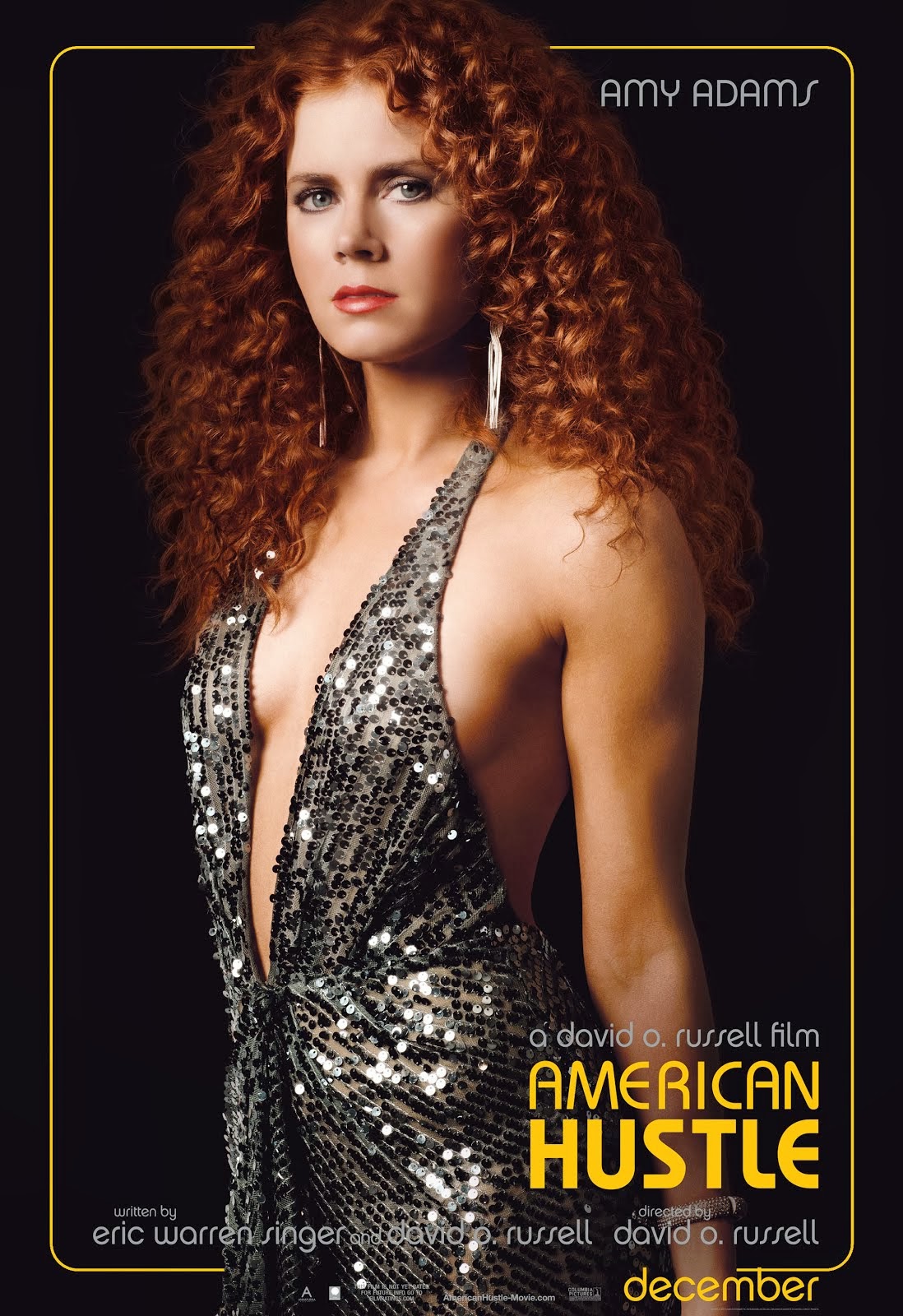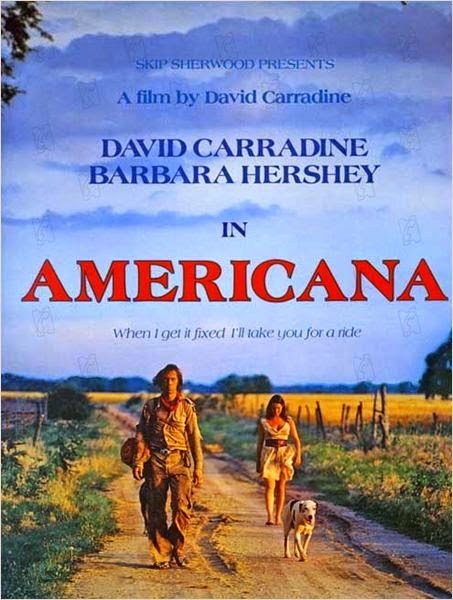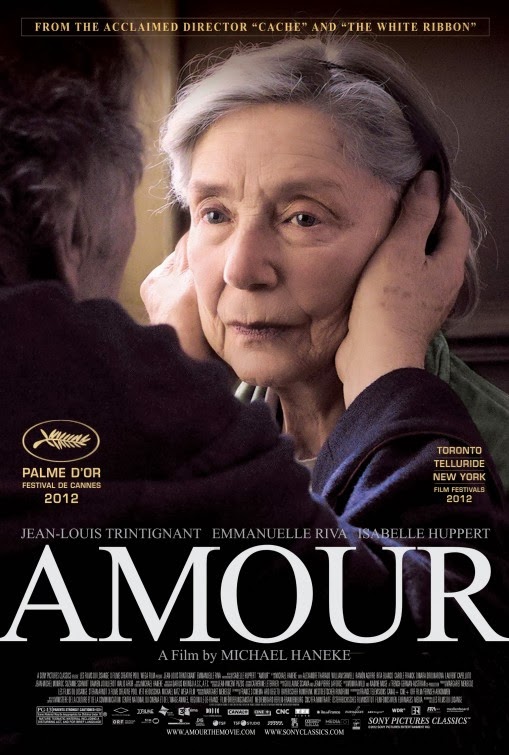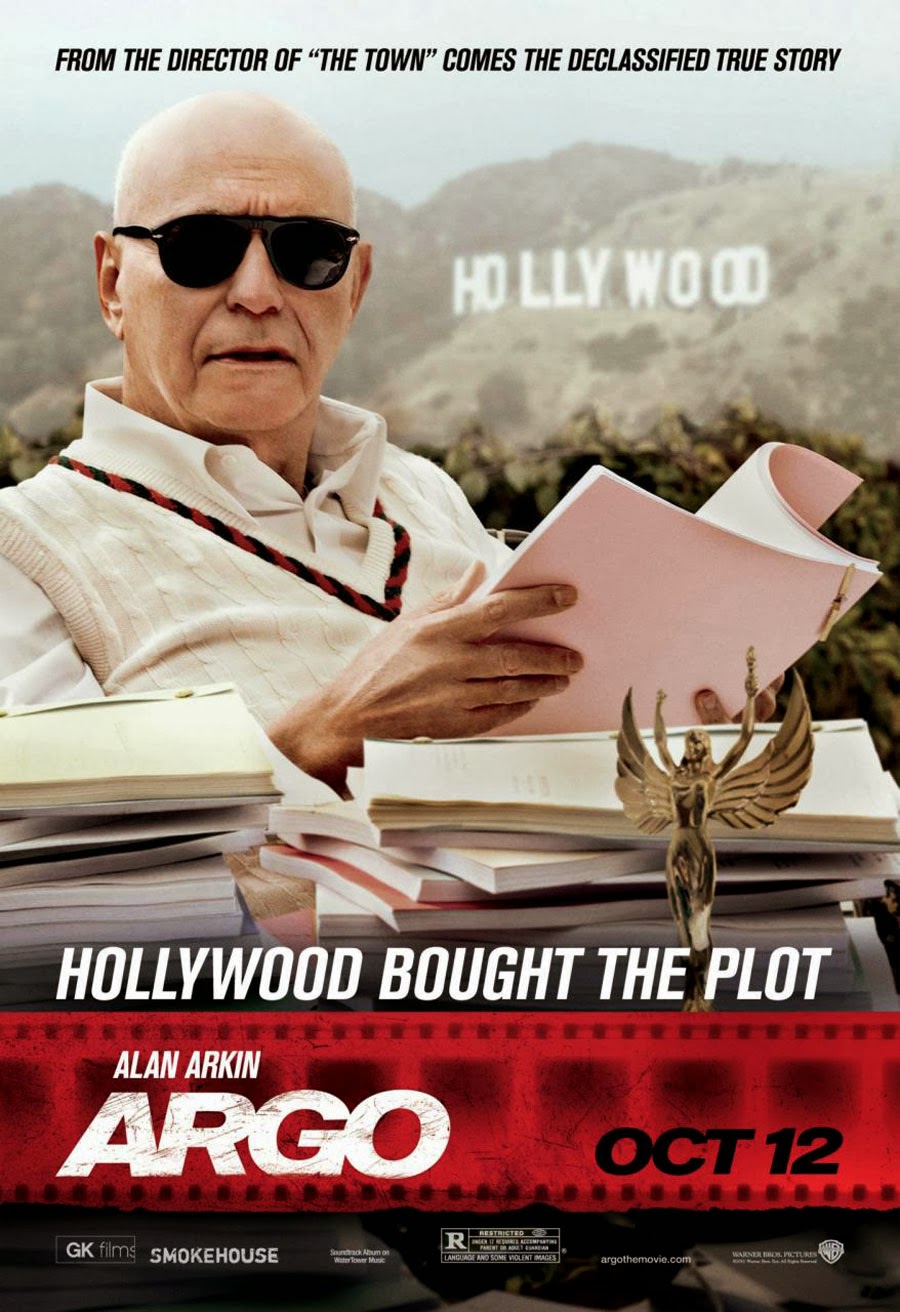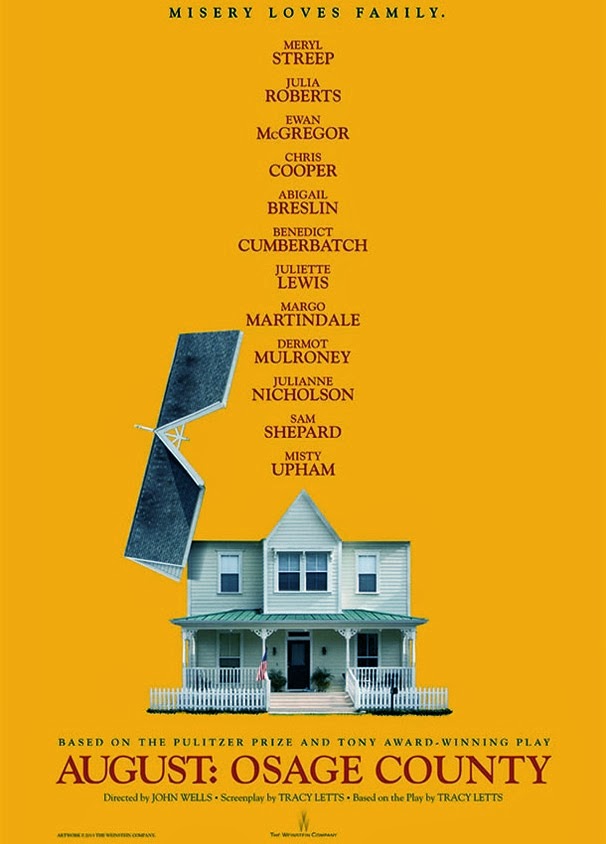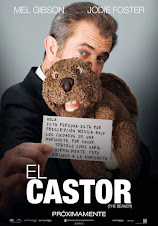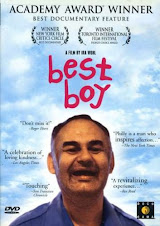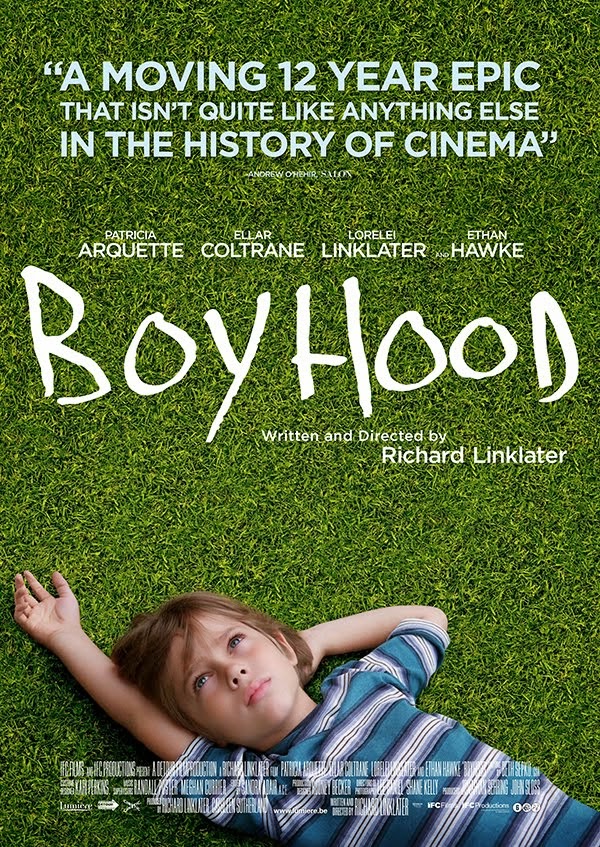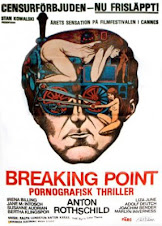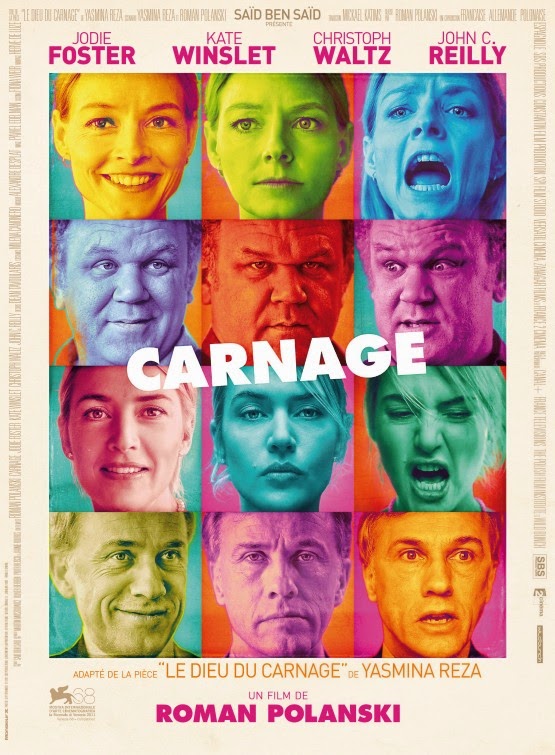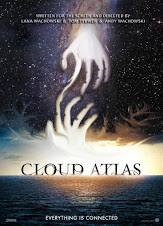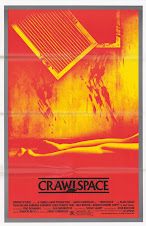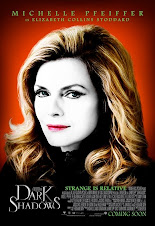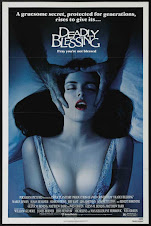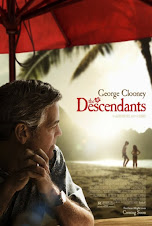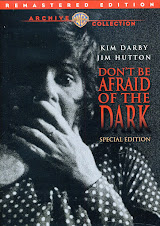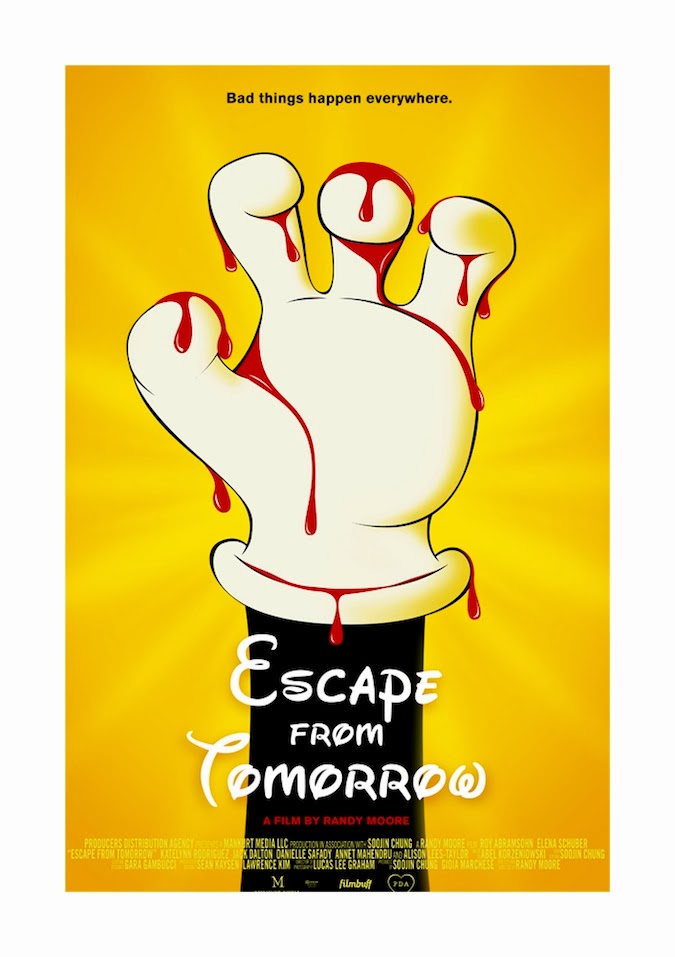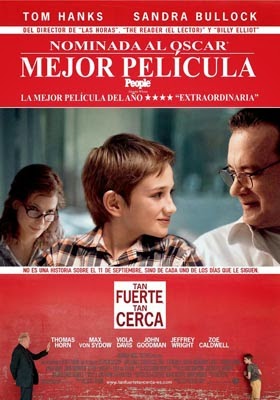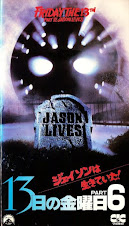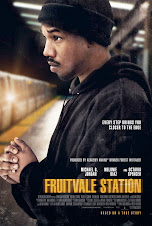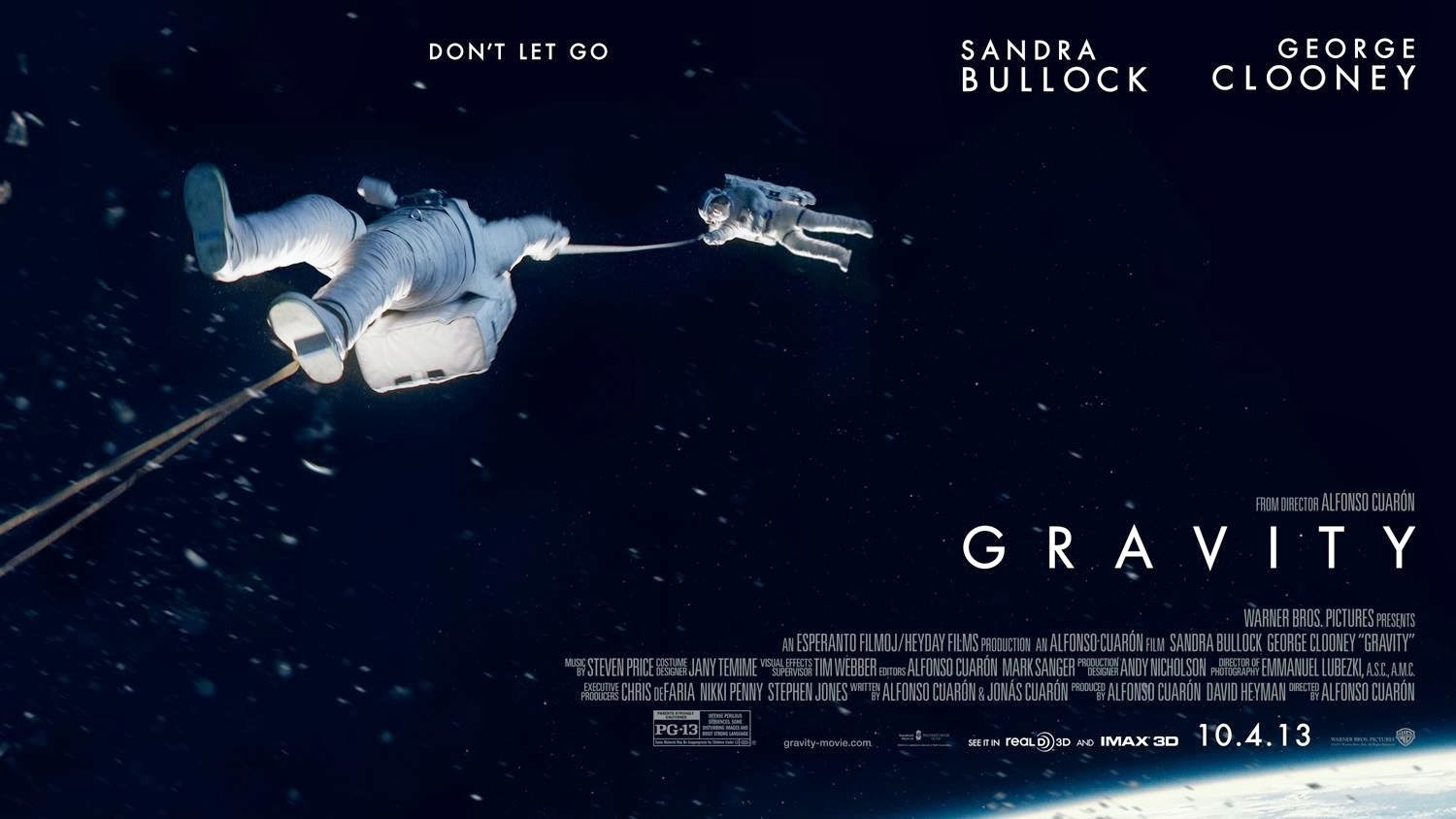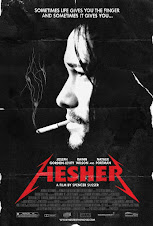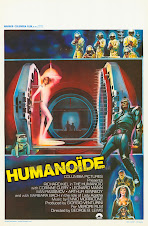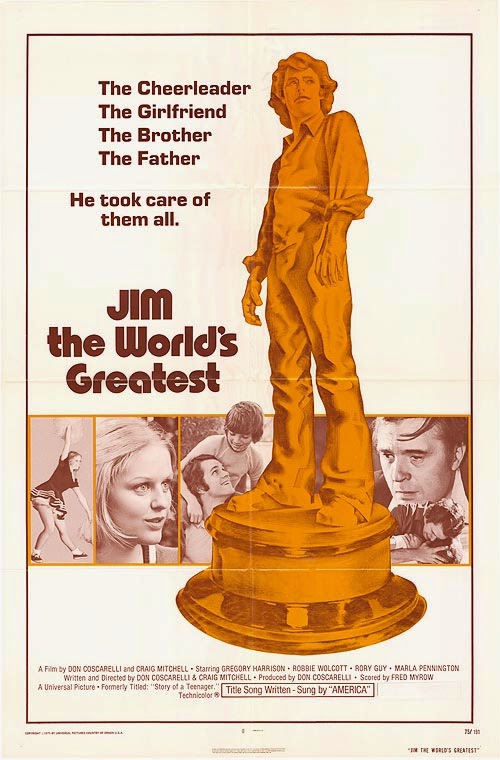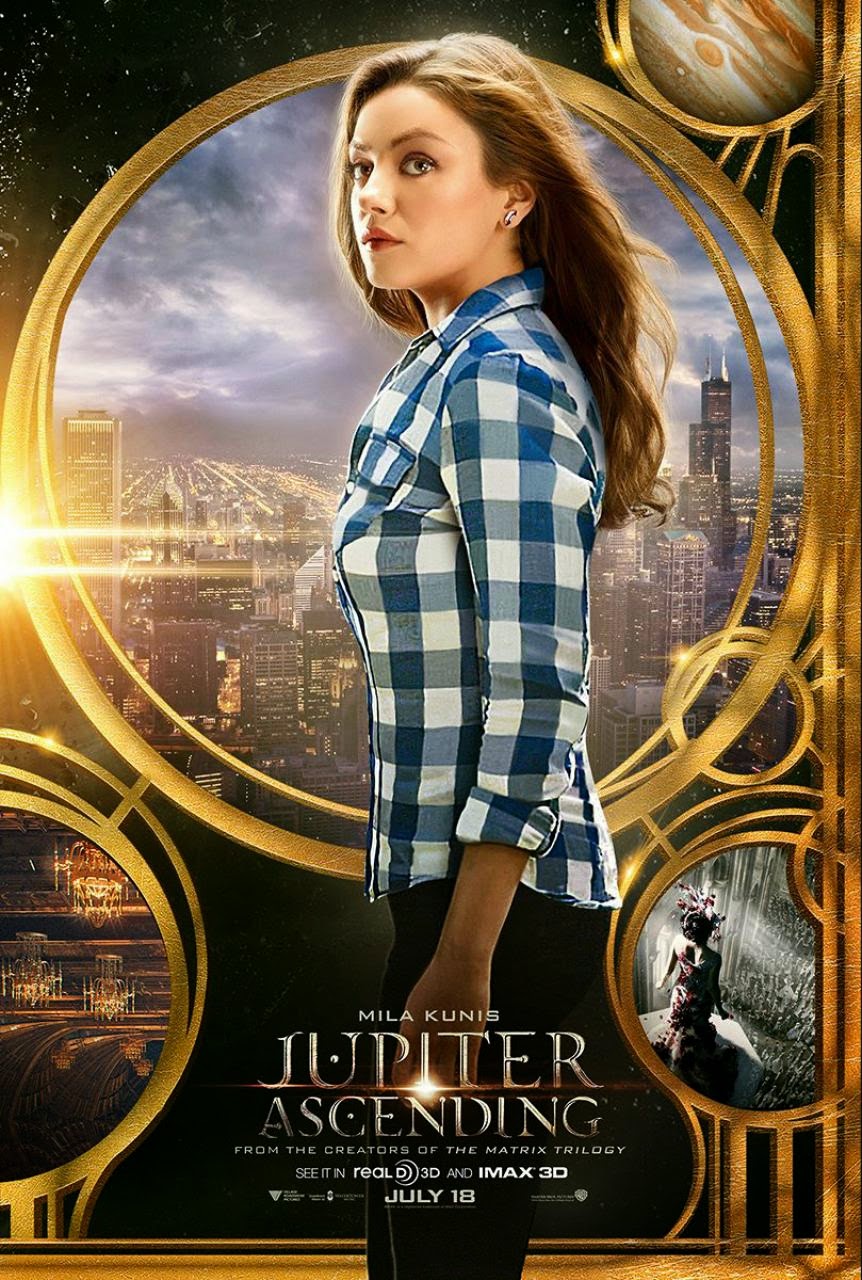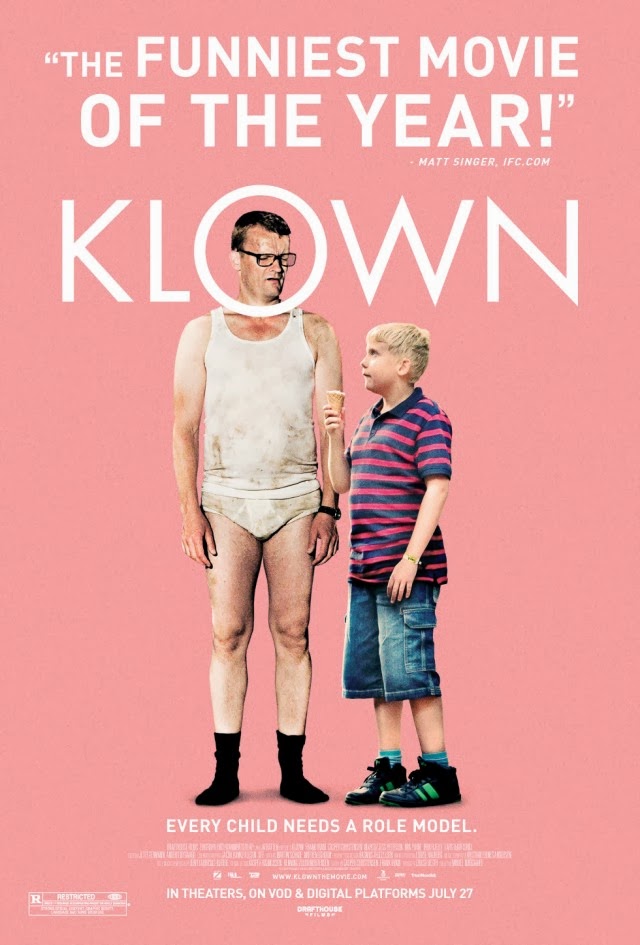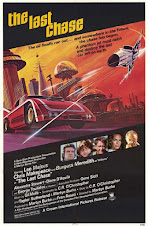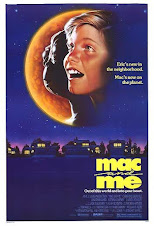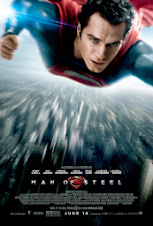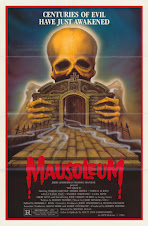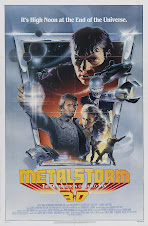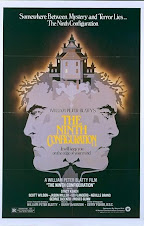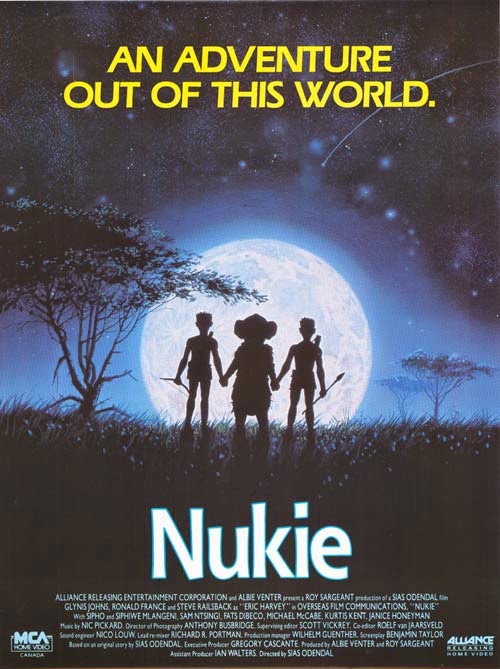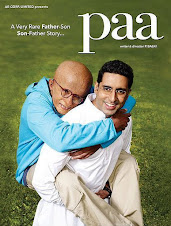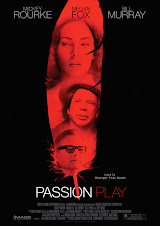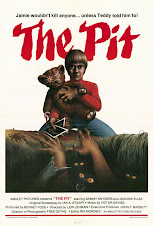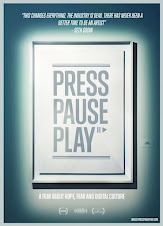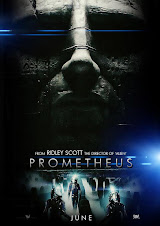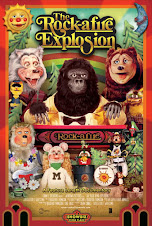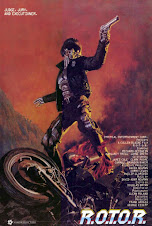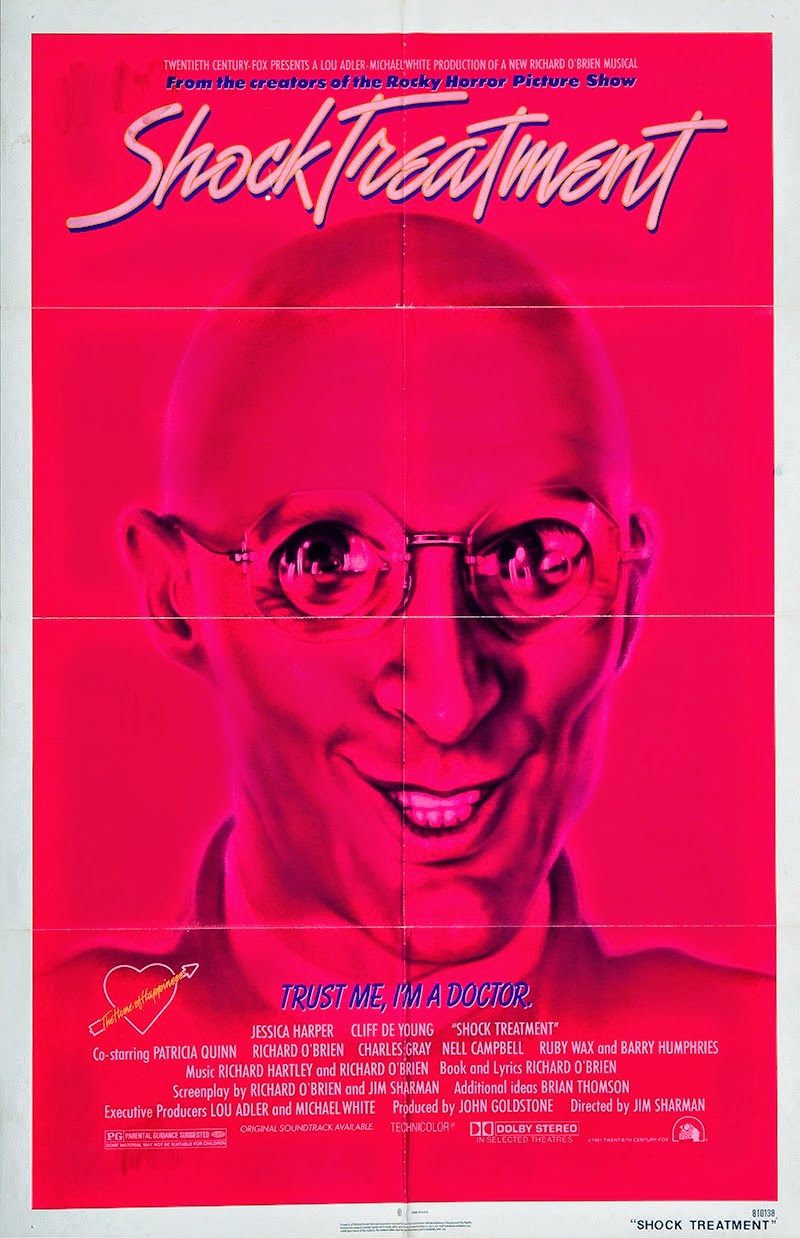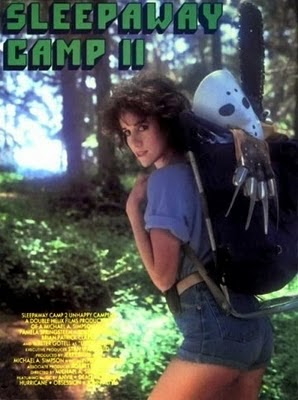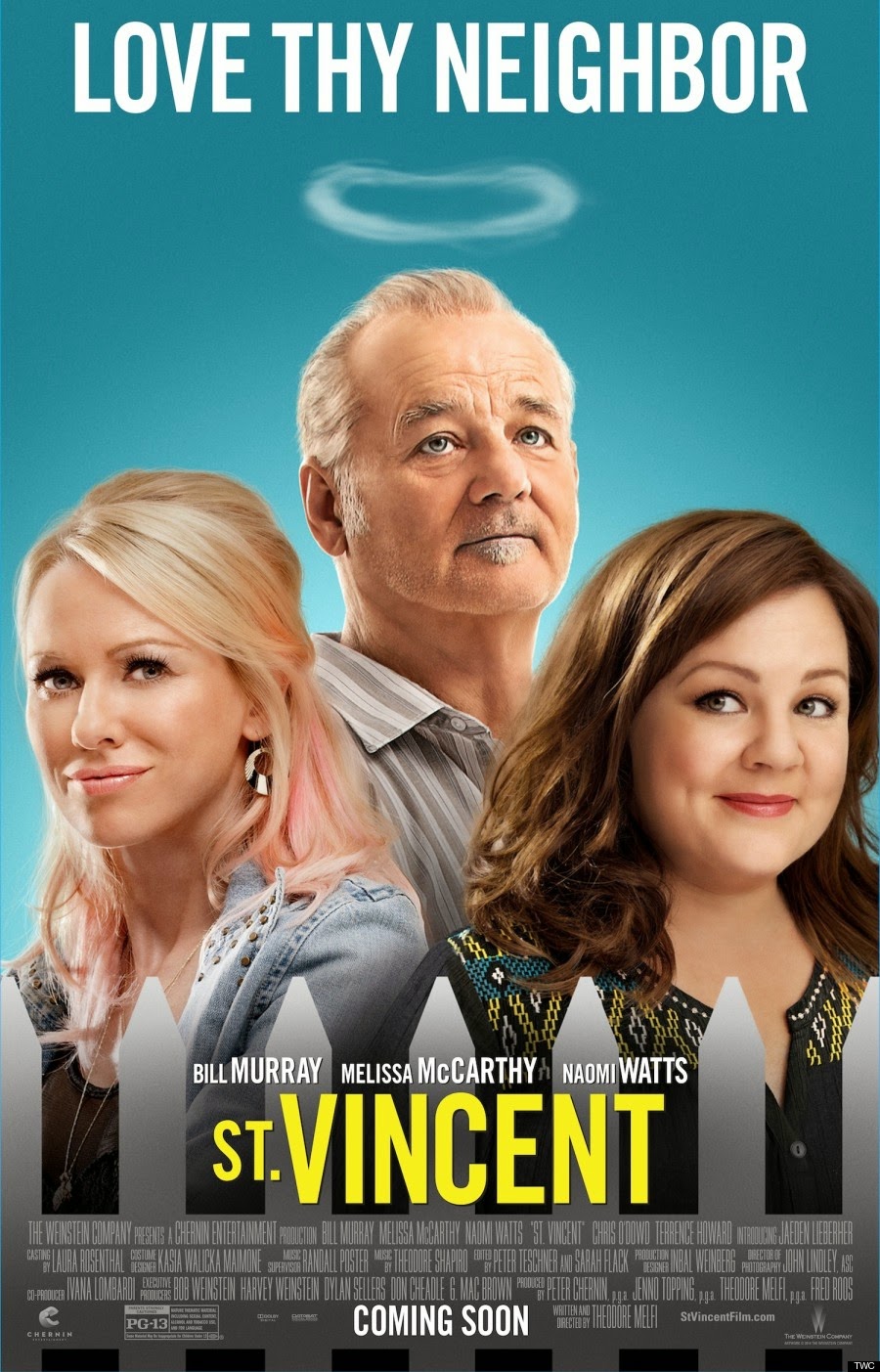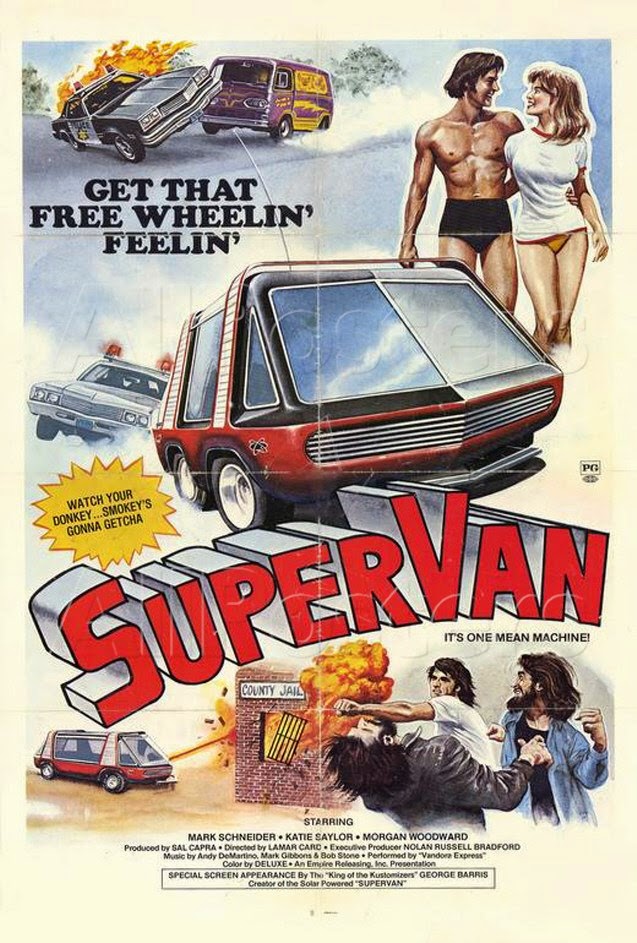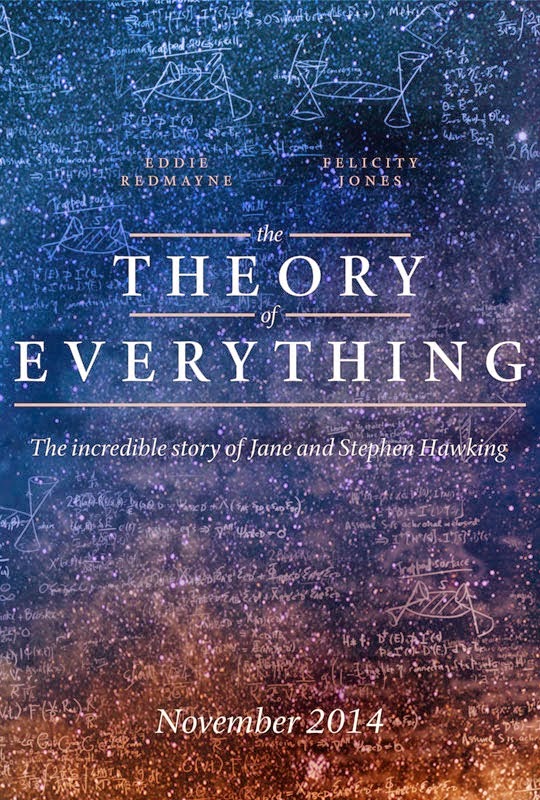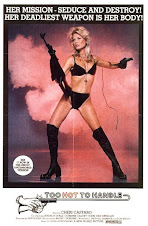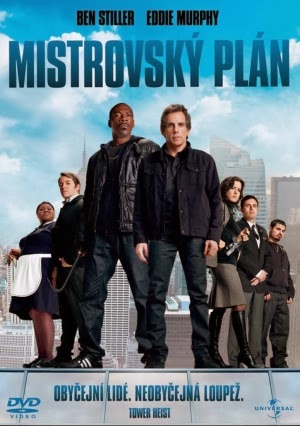

I have seen enough of the 1970’s made for tv horror films, that I am afraid that I am beginning to see the template. This is not to say that these are bad films. Some of these films are very good, however, the unavoidable tv-ness of them can be a bit distracting. The 1973 tv movie, “Don’t Be Afraid of the Dark,” is good, however, I was expecting to be more overwhelmed by it’s greatness. Alas, it is simply a good tv-horror movie.
Kim Darby plays Sally Farnham, a woman whose family has owned a particular house into which her and her husband, Alex (Jim Hutton), move. The caretaker of the house, known simply as Mr. Harris (William Demarest—Uncle Charley from “My Three Sons”), seems to know more about the house than he is saying. There seems to always be a character like this in movies about anything that is possessed or filled with ghosts. Some character always knows the deep, dark secrets. This is usually the case not only in tv-horror movies from the 1970’s, but also many films in the horror genre.
The most disturbing thing about “Don’t Be Afraid of the Dark” has nothing to do with any of the horror elements in the film. The behavior of the husband character was douchebaggery of the highest order! Ok, I know that in the 70’s and prior to then, female characters were almost always written as extremely weak and dependent on men. I absolutely hate this fact and I hate seeing female characters written as such. This is probably why I am so attracted to strong, intelligent, female characters and do not see such strong female characters as threatening to my masculinity, but rather, they appeal to my libido, not that anyone really wanted to know that, but there you go. Anyway, Sally is written as a weak woman who is seeing scary creatures around her house. Of course, her husband thinks she is going crazy and treats her as if she was a child. He makes all the big decisions and she makes coffee. Fuck! Really? Did men really like this? Did they really like not being engaged intellectually by their wife/girlfriend/female companion, but rather, just wanted them to make dinner and coffee, be a good hostess to potential business clients (geez), then lie on their back for two minutes? The problem with the character of Alex is that he is not supposed to be especially bad. He is a product of that generation. I think this is why I am not drawn to “Mad Men.” I’m sure it is a good show, but I have had my fill of douchebags in my lifetime. Anytime a character with such a narrow view of anything is introduced in a film, I become less interested in what happens to him/her. In the same way, since the character of Sally is such a weak-willed woman, I was not terribly interested in her plight either.
It is too bad that these issues took something away from the movie. It is not really a scary movie, but it is interesting in the fact that it is one of the many horror films that used to air on network television back in the 70’s and 80’s. What it is is more interesting than the substance of it’s existence. I do still enjoy watching such films, however, as I have watched an increasing amount of them, I find the typical 1960’s/70’s husband character and the weak female character to be particularly annoying and frustrating.
“Don’t Be Afraid of the Dark” can be purchased on the Warner Archives website. It includes a nice commentary track by Steve Barton from the website Dread Central, Fangoria writer, Sean Abley, and the screenwriter of “Final Destination,” Jeff Reddick. It is a good commentary track. Watching “Don’t Be Afraid of the Dark” is an ok way to pass 74 minutes, however, the bang was not as loud as I had hoped.


























